** Books mentioned have Amazon affiliate links, meaning I make a few cents if you purchase through my link. I only recommend books that I’ve read.
What is wabi-sabi?
In the book Eyes of the Heart: Photography as a Christian Contemplative Practice, Christine Valters Paintner refers to wabi-sabi, a Japanese aesthetic based on the beauty of imperfection, incompleteness, and impermanence.
It is a way of honouring that everything is impermanent and we are always in a state of both becoming and falling away. The seasons reveal this wisdom to us with the flowering and fullness of spring and summer, and the release, decay and rest found in autumn and winter.
In the book, Thomas Merton: Master of Attention, author Robert Waldron writes about Merton’s photographs and wabi-sabi. He quotes from the book, Six Names of Beauty by Crispin Sartwell.
Wabi-sabi refers to an elusive and elegant beauty. Wabi is translated as ‘poverty.’ It connotes the life of farmers (peasants) tilling the land; back-breaking, simple, austere work – often a lonely life. Its aesthetic meaning implies ordinary, inexpensive tools that have aged from long use, wares that have become cracked, bent and worn. Such poor, lowly items mimic natures declension: like falling leaves, soil erosion, grass in drought, decaying trees and fading blossoms. Wabi, therefore, suggests a beauty of elegant imperfection. Sabi means loneliness or rather aloneness. It also refers to sparseness and austerity. Together, wabi-sabi suggests the beauty of ‘the withered, weathered, tarnished, scarred, intimate, coarse, earthly, evanescent, tentative, ephemeral.’
Urban Decay – Wood
I will always remember a walk through the forest with a group of fourth graders while volunteering at the Peace Learning Center in Indianapolis. The facilitator was showing the kids a log decaying on the ground and explaining that even though this log was no longer part of the tree, it was still providing food and shelter for many little creatures. There was new growth emerging from the log. There is an elusive and elegant beauty about that.
Here are a few more examples of the beauty to be found in decaying wood.
Be aware of the beauty of wood this week.
For more urban decay, see part one on rust and part 3 on walls and roads.
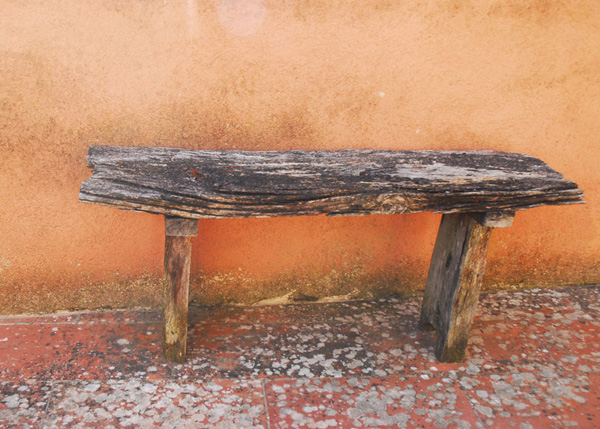
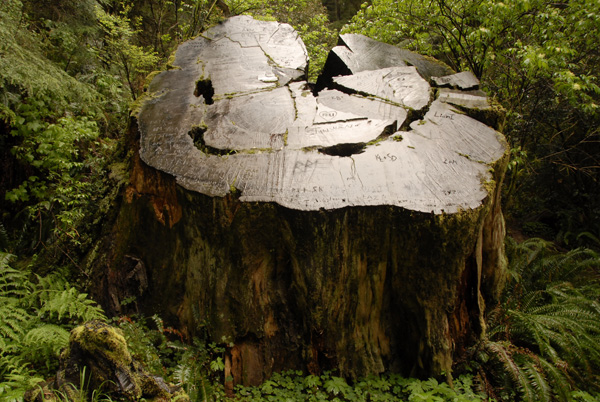
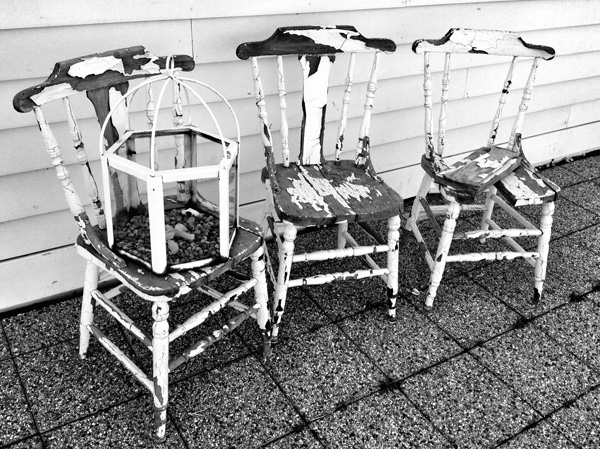
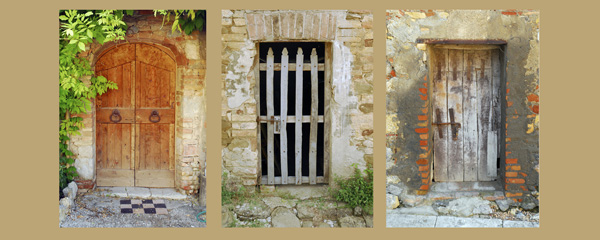
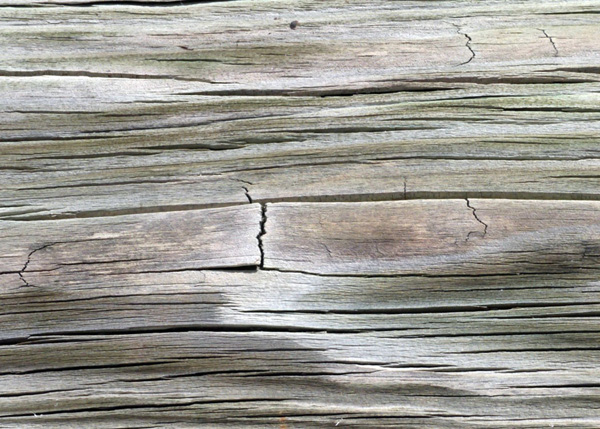
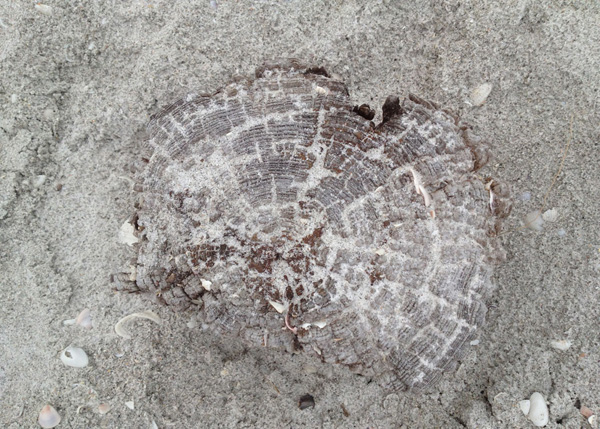
Interesting to read more about wabi-sabi, something I had heard of in passing but which you bring to life here. Wood is something I find beautiful in every stage. In decay, its textures invite us in, and there’s a sense of stories to be told. Thank you for sharing all your different wood pictures here, Kim. They perfectly illustrate what makes wood special.
I think wood is a perfect example of wabi-sabi, don’t you?
Kim – I am loving this series on urban decay. I, too, have heard of Wabi-sabi as a concept but didn’t really grasp its full meaning. Your explanation finally brought it home to me and helps me better understand my attraction to urban decay as a subject matter. Your photo examples are superb – I especially love the amazing light on the rainforest tree stump. I always learn something here. Thank you for sharing your knowledge.
Thanks, Brenda. I’m glad you like this series. It’s a subject near and dear to my heart. Watch for walls and roads next week.
I’d never heard of wabi-sabi before.
I love all your photos of wood and find the warm shades of the capture of the bench in Tuscany very inviting. I also love the triptych of Tuscany doors. Wood is such a beautiful element at all stages. Trees are majestic beings which I’m particularly fond of and my favourite walks always include trees.
Me too, Sandra. I love, love, love trees.
I have never heard of the term wabi-sabi before, but I have found that I am often attracted to this very thing and find the beauty in it…in things not typically thought of as beautiful. Thanks for naming that for me!
You’re welcome, Tracy. It’s interesting when you find out there’s a name for something you couldn’t quite put your finger on.
LOVE the concept of wabi sabi…perhaps that’s why I’m such a lover of antiques, crumpled leaves, broken bits and weathered and worn. And as Leonard Cohen says:
Ring the bells that still can ring
Forget your perfect offering
There is a crack in everything
That’s how the light gets in.
Cheers! Kaarina
Yes, me too. And, I love that Leonard Cohen song.